Have you ever opened your dishwasher and been hit with an unpleasant, musty smell?
If so, you’re not alone.
A dirty dishwasher can be a breeding ground for mold and mildew, which not only smells bad but can also affect the cleanliness of your dishes.
But don’t worry, we’ve got you covered!
In this post, I’ll walk you through everything you need to know about cleaning and preventing mildew in your dishwasher.
So, let’s dive in and get your dishwasher looking and smelling great!
Heads up: I sometimes use affiliate links. When you click these links and make a purchase, I may get a small commission. It won’t cost you anything but it helps me to run this site.
What causes mildew to grow in a dishwasher?
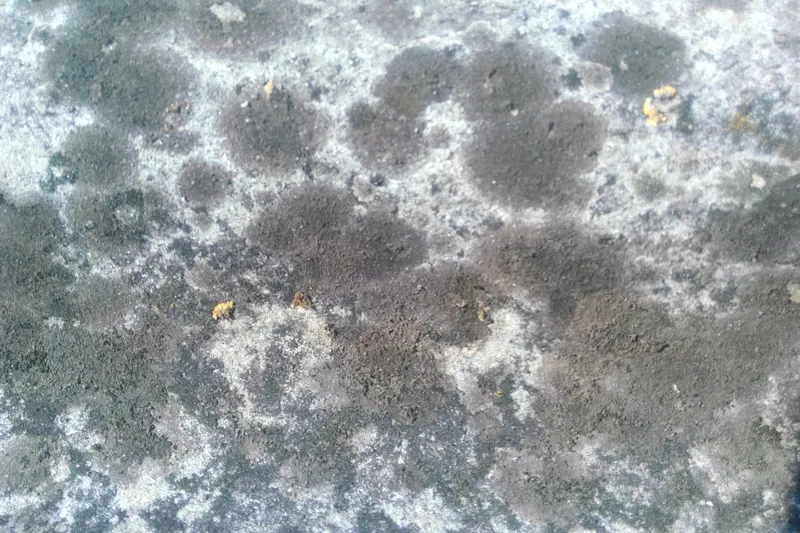
Mold and mildew love moist environments, and your dishwasher can be the perfect breeding ground for these unsightly and unpleasant organisms.
Over time, food residue can accumulate in the dishwasher, providing a food source for mold and mildew.
Additionally, moisture from the dishwasher’s steam and from wet dishes can create a damp environment that is perfect for mold growth.
This can be exacerbated if the dishwasher is not cleaned regularly, allowing the mold to spread and take hold.
In some cases, mold can also grow in the dishwasher’s rubber gasket.
How to know if you have mold in your dishwasher
If you suspect that your dishwasher may have mold or mildew, there are a few signs that you can look out for.
- One of the most obvious signs is the presence of black or white spots in the dishwasher’s interior or on your dishes.
- You may also notice a musty or unpleasant smell coming from the dishwasher, which can be a sign that mold is present.
- Another sign of mold growth in the dishwasher is a slimy texture on the interior or around the rubber gasket on the door.
If you notice any of these signs, it’s important to take action right away to prevent the mold from spreading and affecting the cleanliness of your dishes.
How to clean mildew out of a dishwasher
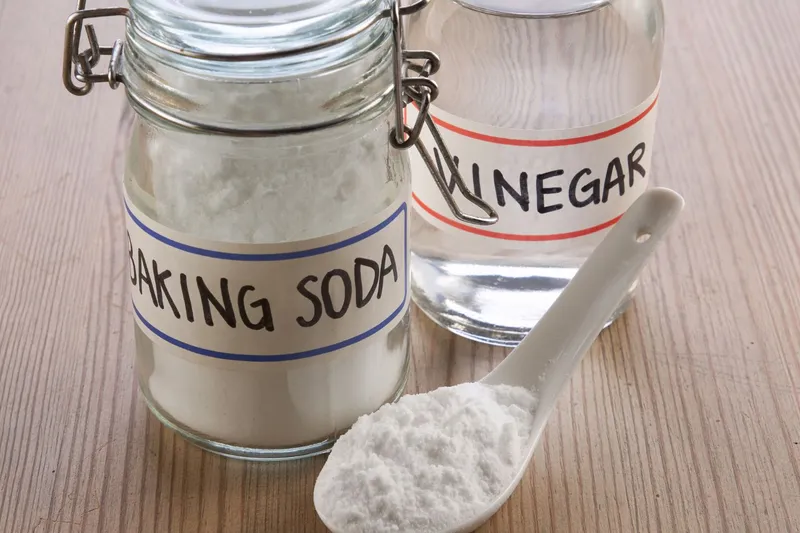
It’s always important to take precautions when it comes to mold and mildew. Make sure to wear the proper personal protective equipment (PPE), including gloves, goggles or eye protection, and an N-95 respirator.
Here’s a step-by-step guide to cleaning mildew out of your dishwasher:
Things you will need
- Distilled white vinegar
- Baking soda
- Spray bottle
- Cloths
- Protective mask, gloves, and eye protection
Why vinegar is perfect for killing mildew in a dishwasher
Vinegar is a natural, non-toxic, and effective solution for killing mildew and sanitizing surfaces.
Its high acidity level breaks down the structure of mildew and mold, making it easier to clean and remove.
Vinegar is also a natural disinfectant that can eliminate germs and deodorize unpleasant odors.
Method
- Empty the dishwasher. Empty the dishwasher of any dishes or debris.
- Check and clean the filter. Check the dishwasher’s filter and remove any food particles or debris that may be trapped there. For a deeper clean, soak the filter in some hot water along with washing soda crystals or dish soap.
- Check and clean the spray arms. Remove and wash the dishwasher’s spray arms, making sure the holes are not clogged. These can also be soaked in some hot water and washing soda crystals or dish soap.
- Make a cleaning solution. Mix equal parts of water and distilled white vinegar in a spray bottle.
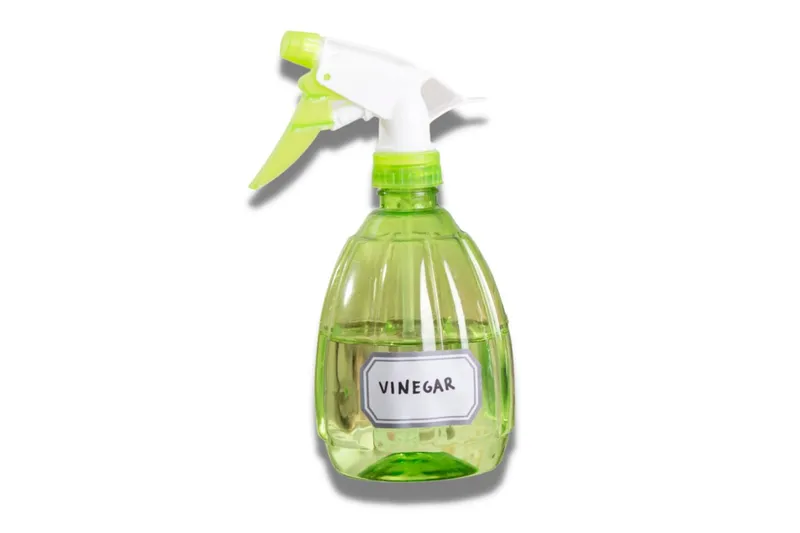
- Spray the interior. Spray the interior of the dishwasher with the vinegar solution, paying particular attention to areas where mold or mildew is present.
- Let the cleaning solution sit. Let the solution sit for 10-15 minutes.
- Scrub. Scrub the interior of the dishwasher with a soft-bristled brush or sponge.
- Deal with stubborn stains. For tougher stains, create a paste using baking soda and water and apply it to the affected areas. Let it sit for 10-15 minutes, then scrub and rinse.
- Run a hot cycle with vinegar. Run a cycle on the dishwasher with hot water, adding a cup of vinegar to the top rack of the dishwasher.
- Run another cycle with baking soda. Now sprinkle some baking soda on the bottom of the dishwasher and run a second short cycle.
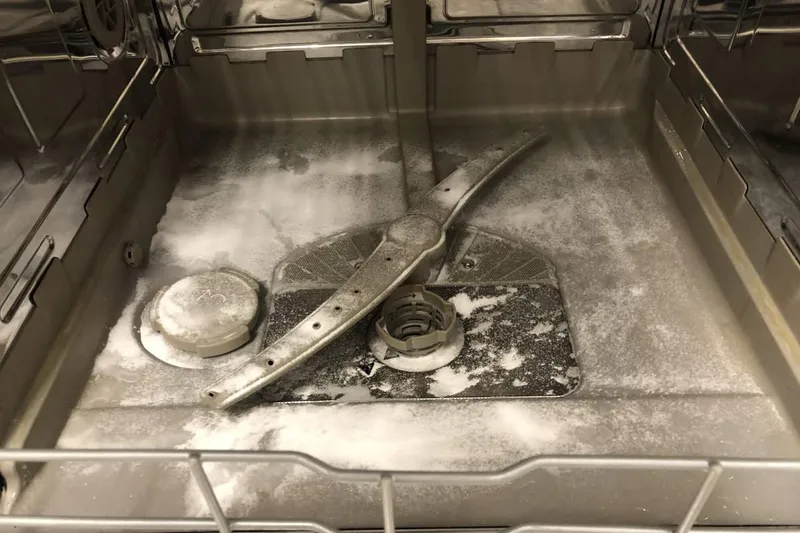
- Wipe. Once the cycle is complete, wipe down the interior of the dishwasher with a dry cloth.
How to prevent mildew in a dishwasher
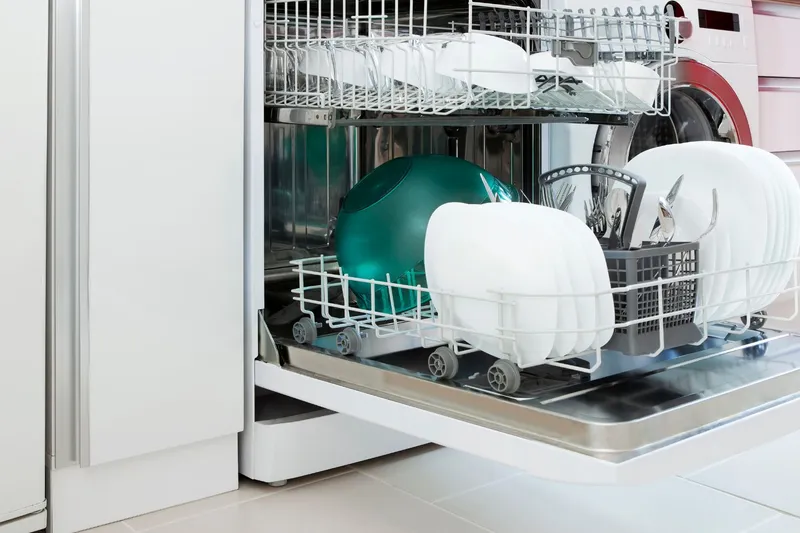
Preventing mildew from growing in your dishwasher is much easier than cleaning a dishwasher with mildew growing in it!
Here are some tips to help you prevent mildew from growing in your dishwasher:
- Scrape and rinse dishes before placing them in the dishwasher to remove any excess food particles.
- Use a high-quality dishwasher detergent to help remove any food particles and prevent buildup.
- Clean the dishwasher regularly, including the filter, spray arms, and interior.
- Run a regular cleaning cycle on your dishwasher.
- Leave the dishwasher door open after each cycle to allow the interior to air dry.
- Inspect the dishwasher’s door seal regularly for signs of mold or mildew, and clean it if necessary.
Frequently asked questions
Can I use bleach instead of vinegar to kill mold in a dishwasher?
Yes, bleach can be used to kill mold in a dishwasher. It is a strong disinfectant that can effectively kill mold and other microorganisms.
However, don’t use it if you have a dishwasher with a stainless-steel interior, as it will cause damage. Vinegar is a safer option.
Is it safe to use a dishwasher with mold?
No, it’s not safe to use a dishwasher with mold.
Mold can release spores that can cause respiratory problems and allergies, especially in people with compromised immune systems.
Additionally, mold can affect the cleanliness of your dishes, leaving behind a musty or unpleasant smell.
If you suspect that your dishwasher may have mold or mildew, it’s important to clean it out immediately and take steps to prevent it from recurring.
Why does my dishwasher always smell like mildew?
A persistent mildew smell in your dishwasher can have a few different causes.
Clogged drains or dirty filters can create a damp environment that promotes mildew growth.
Additionally, buildup of detergent or food residue can create a foul odor.
Can you put bleach and vinegar in a dishwasher?
While bleach and vinegar can both be used to clean and sanitize a dishwasher, they should never be used together.
When bleach and vinegar are combined, they create a toxic gas that can be dangerous if inhaled.
If you want to use both bleach and vinegar to clean your dishwasher, it’s important to use them separately and never mix them together.
Note that bleach should never be used on dishwashers with a stainless-steel interior.
What is mildew vs mold?
Mildew and mold are both types of fungi that can grow in damp environments.
While they are similar, there are a few key differences between the two.
Mildew is typically white or gray and grows on the surface of damp materials, such as shower curtains or walls.
Mold, on the other hand, can be black, white, green, or even orange and can grow both on the surface and below the surface of materials.
Mold can also cause more serious health problems than mildew, so it’s important to take steps to prevent it from growing in your home.

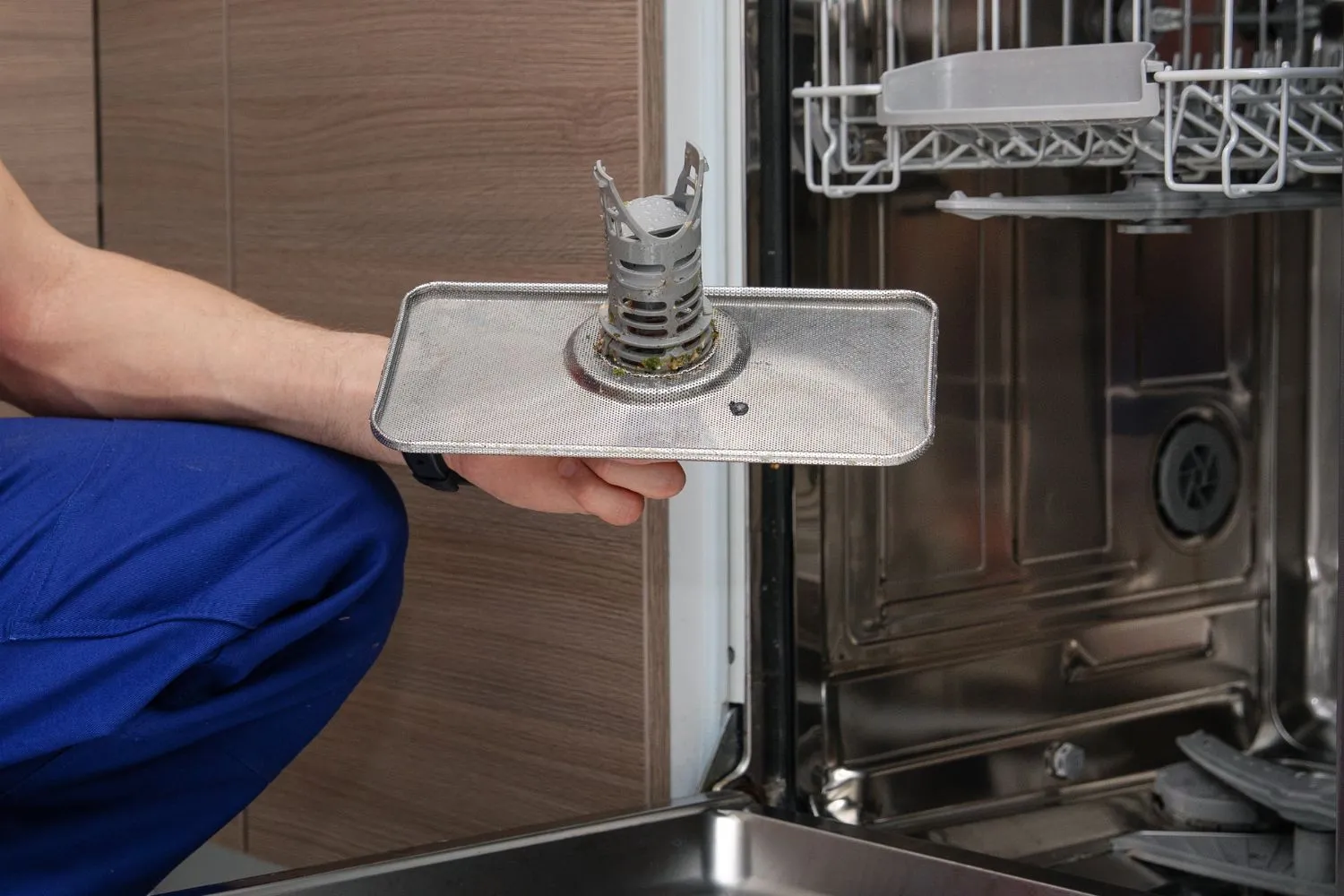

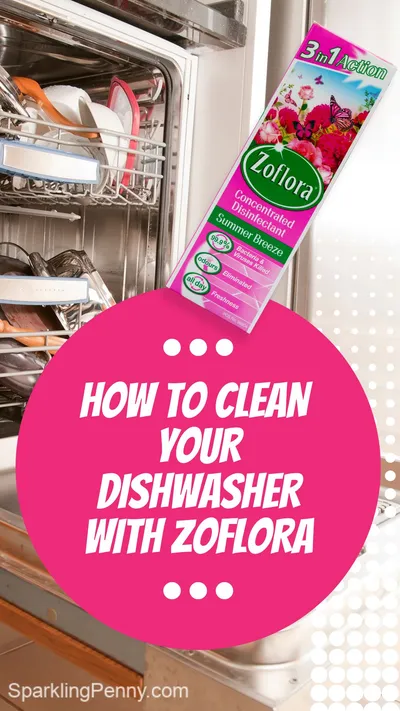
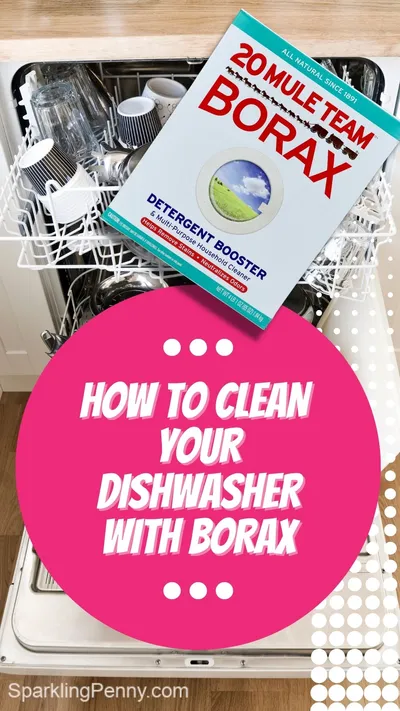




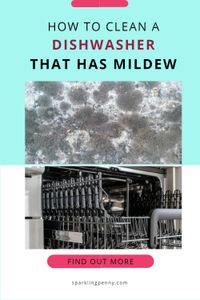
Share your thoughts
Your email address will not be published. Required fields are marked *